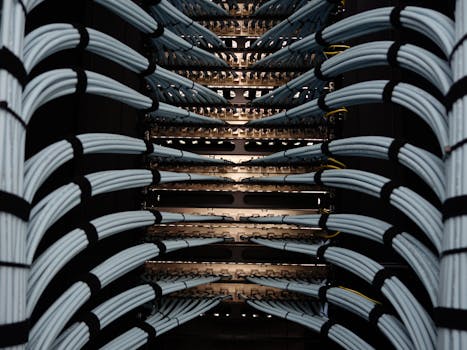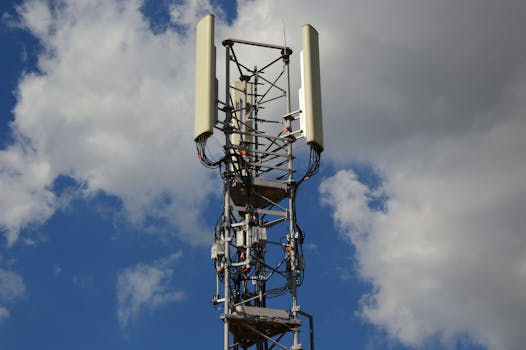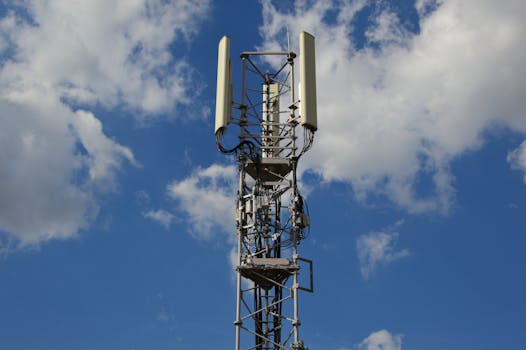The Future of Data Communication: Building Robust Systems for a Connected World

The Future of Data Communication: Building Robust Systems for a Connected World
The Future of Data Communication: Building Robust Systems for a Connected World is an essential aspect of modern technology. As we become increasingly reliant on data-driven technologies, the need for robust and efficient communication systems has never been more critical. In this article, we’ll explore the current state of data communication and what the future holds for this rapidly evolving field.
Introduction to Data Communication

Data communication refers to the process of transmitting and receiving digital information between devices, networks, or systems. This can include everything from simple text messages to complex data transfers between servers. With the rise of the Internet of Things (IoT), cloud computing, and big data, the demand for fast, secure, and reliable data communication has increased exponentially.
Currently, data communication relies on a variety of technologies, including fiber optic cables, wireless networks, and satellite communications. Each of these technologies has its strengths and weaknesses, and the choice of which one to use depends on the specific application and requirements. For example, fiber optic cables offer high-speed and low-latency data transfer, making them ideal for applications such as video streaming and online gaming. On the other hand, wireless networks provide greater mobility and flexibility, making them suitable for applications such as mobile devices and IoT sensors.
Building Robust Systems for a Connected World

To build robust systems for a connected world, several key factors need to be considered. First and foremost, security is a top priority. With the increasing amount of sensitive data being transmitted, it’s essential to ensure that communication networks are secure and protected from cyber threats. This can be achieved through the use of encryption technologies, firewalls, and intrusion detection systems.
Another critical factor is scalability. As the amount of data being transmitted continues to grow, communication networks need to be able to handle increased traffic and demand. This can be achieved through the use of cloud computing, edge computing, and software-defined networking (SDN). These technologies allow for greater flexibility and scalability, enabling communication networks to adapt to changing demands and requirements.
In addition to security and scalability, reliability is also a key factor in building robust systems for a connected world. This can be achieved through the use of redundant systems, backup power supplies, and disaster recovery plans. By ensuring that communication networks are reliable and always available, we can minimize downtime and ensure that critical services and applications remain operational.
Emerging Trends and Technologies

Several emerging trends and technologies are set to shape the future of data communication. One of the most significant is the development of 5G networks, which promise to provide faster data transfer rates, lower latency, and greater connectivity. 5G networks will enable a wide range of new applications and services, including enhanced mobile broadband, ultra-high-definition video streaming, and mission-critical communications.
Another emerging trend is the use of artificial intelligence (AI) and machine learning (ML) in data communication. AI and ML can be used to optimize network performance, predict and prevent cyber threats, and improve overall network efficiency. For example, AI-powered network management systems can analyze traffic patterns and adjust network settings in real-time to ensure optimal performance.
Conclusion

In conclusion, The Future of Data Communication: Building Robust Systems for a Connected World is a critical aspect of modern technology. As we become increasingly reliant on data-driven technologies, the need for robust and efficient communication systems has never been more critical. By considering key factors such as security, scalability, and reliability, and leveraging emerging trends and technologies, we can build robust systems that support a connected world. Whether you’re a network administrator, a developer, or simply a user, understanding the future of data communication is essential for staying ahead of the curve in this rapidly evolving field.

